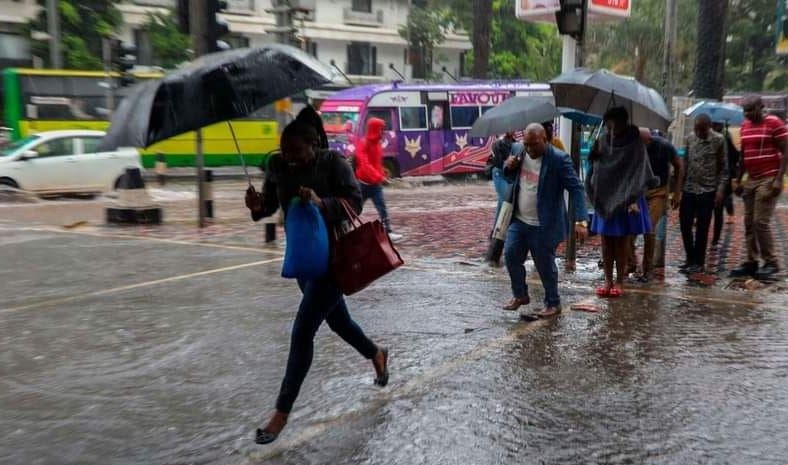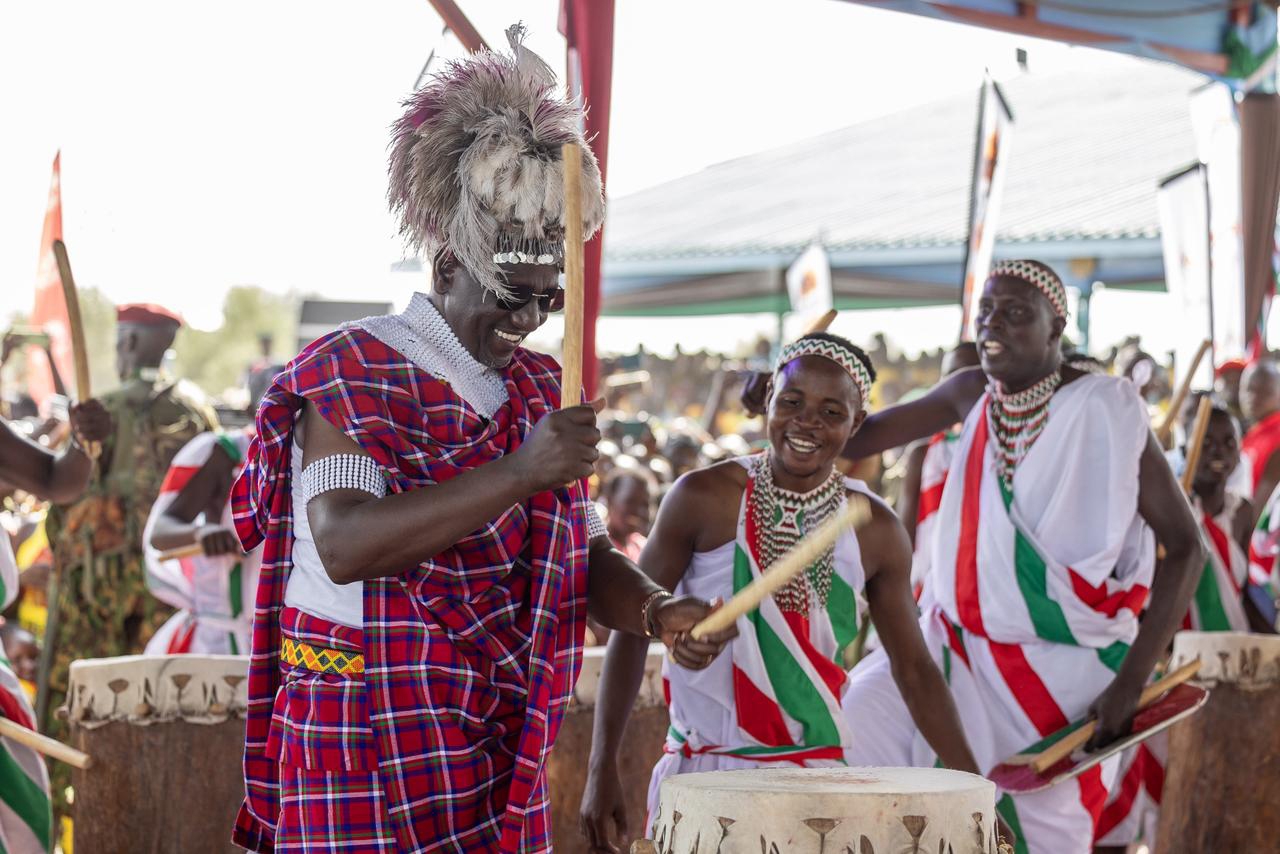Last week I wrote about the environmental catastrophe that will descend on us all – but in particular on the residents of Nairobi – if the planned “road through the Aberdares National Park” is built.
This catastrophe would be an acute water shortage on a scale not only unprecedented but indeed beyond anything that any of us have dared to imagine.
Difficult decisions on environmental matters such as the one that now confronts our policymakers over the Aberdares National Park, are a reminder of the saying 'In politics there are no solutions, only trade-offs'.
A government as heavily indebted as ours, definitely needs to minimise all expenses, whether they be recurrent or development expenses. But can that possibly justify taking an irreversible step towards fatally compromising Nairobi’s future water supply?
Such challenges, requiring difficult decisions, are nothing new.
Back in the early years of the Kibaki presidency, when the plans for the massive upgrading of Kenya’s public infrastructure were only just taking shape, there was a proposal to expand a section of the Nairobi-Nakuru highway, which called for the section near Nakuru to go right through the Lake Nakuru National Park, barely skirting the lake itself.
This lake is of course world famous as “the greatest bird spectacle on earth” having at its “peak season” up to an estimated two million flamingos “in residence”.
Foreseeing that this highway would inevitably lead to the end of Lake Nakuru as a prime tourism attraction, tourism stakeholders rose up in fury to oppose this project.
In the end, the road through the Lake Nakuru National Park was not built. Indeed, there has been no more talk of it and if you had not read the newspapers of the time, you could hardly guess that there had ever been such a controversy or even such a proposal.
That, of course, is what I hope will happen to the proposed road through the Aberdares National Park: that a decade or so from now, it will have been forgotten and those who mention it will only do so as a cautionary tale about a catastrophe narrowly averted.
Of interest here is that this proposed road through the Aberdares, is in no way the biggest environmental controversy in the East African region. I am not even sure if anyone outside Kenya feels any concern about “the Mau Mau Road” as it is sometimes called.
By far the most controversial road project in this region is the proposed road through the Serengeti National Park in Tanzania.
And just about any Kenyan journalist who has ever written a word on environmental conservation has by now been inundated with research findings being circulated by various Tanzanian environmental NGOs and tourism stakeholders, who are fighting valiantly to stop this road from being built. Here too the hope is that a decision will be made in favour of an alternative route that goes around the park.
If you are wondering why the Tanzanians have been lobbying Kenyans over this project for at least seven years now, well that is because although the road is planned for Northern Tanzania, perhaps its greatest eventual impact will be on Kenyan tourism.
The famous annual wildebeest migration, “one of the seven great natural wonders of the world”, is a wildlife spectacle that takes place across the borders of the two countries. Ecologically, the Mara and the Serengeti are part of the same thing: the Mara-Serengeti ecosystem.
But when it comes to the economics of it, this ecosystem yields far more revenue for Kenya than it does for Tanzania. There are far more tourism camps and lodges on the (much smaller) Kenyan part of this grassland ecosystem, than on the Tanzanian side.
The Maasai Mara National Reserve is usually spoken of as “the jewel in the crown of Kenyan tourism” as it is really the most iconic environmental asset we have, with the annual wildebeest migration being the biggest wildlife spectacle we have to offer.
Studies suggest that if this road is built through the Serengeti, then it will be just a matter of time before the wildebeest and zebras will no longer be seen crossing the Mara River.














